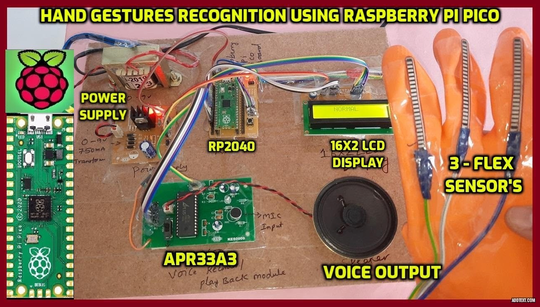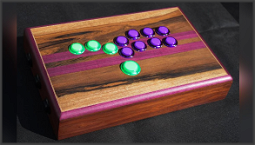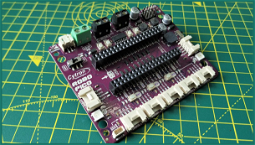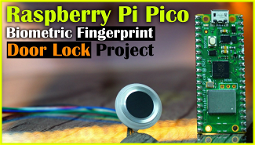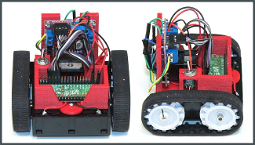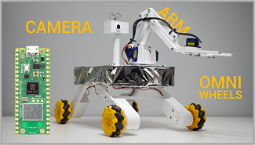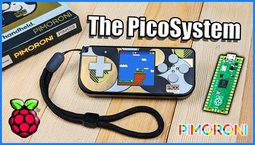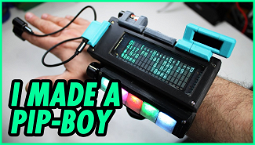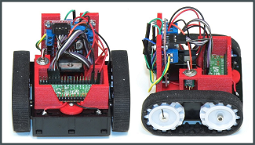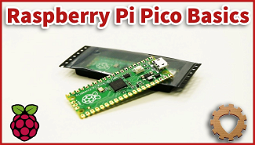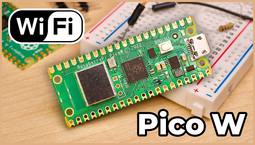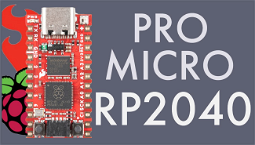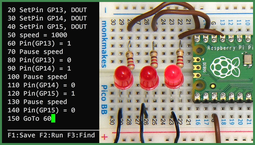This Raspberry Pi Pico project: Bridging the Communication Gap
This Raspberry Pi Pico project is a great example of what the diminutive computer can achieve. It demonstrates how SVSEmbedded is using this small board to bridge the communication gap for individuals with speech impairment. The project utilizes hand gestures, flex sensors, and a speaker to allow users to relay messages through a set of pre-programmed words or phrases.
Flex sensors, commonly used in BBC micro:bit or Arduino projects, are instrumental in this project. When flexed, these sensors send a signal that the Pico detects and translates into a corresponding message from a list of pre-programmed words or phrases.
The communication system works by recognizing hand gestures through the flex sensors. Users can choose from a selection of phrases, which are then spoken by a speaker and displayed on an LCD display panel. You can see the project in action in the video above, courtesy of SVSEmbedded.
This particular project utilizes flex sensors placed inside a glove, allowing signals from finger bends to be read. While speech synthesizers already exist, this project offers a level of comfort and autonomy through complete control over the device's spoken words.
The central component of the system is the Raspberry Pi Pico, which requires a few additional components such as the flex sensor, a knob, a speaker, an LCD display panel, and some LEDs. You can watch the entire project come together in the video or explore a closer look at the components in the original video shared by SVSEmbedded.
While the project summary does not delve into the software side of things, it is important to approach the replication process with caution if using MicroPython. However, with the appropriate components and refined code, it should be possible to replicate the project using the original firmware.
If you want to delve deeper into the project and see how the components are assembled, check out the original video shared by SVSEmbedded on YouTube. Make sure to follow SVSEmbedded for more cool projects.
A special thanks to Sam Rogers, via PC Games N, for bringing this project to our attention.
